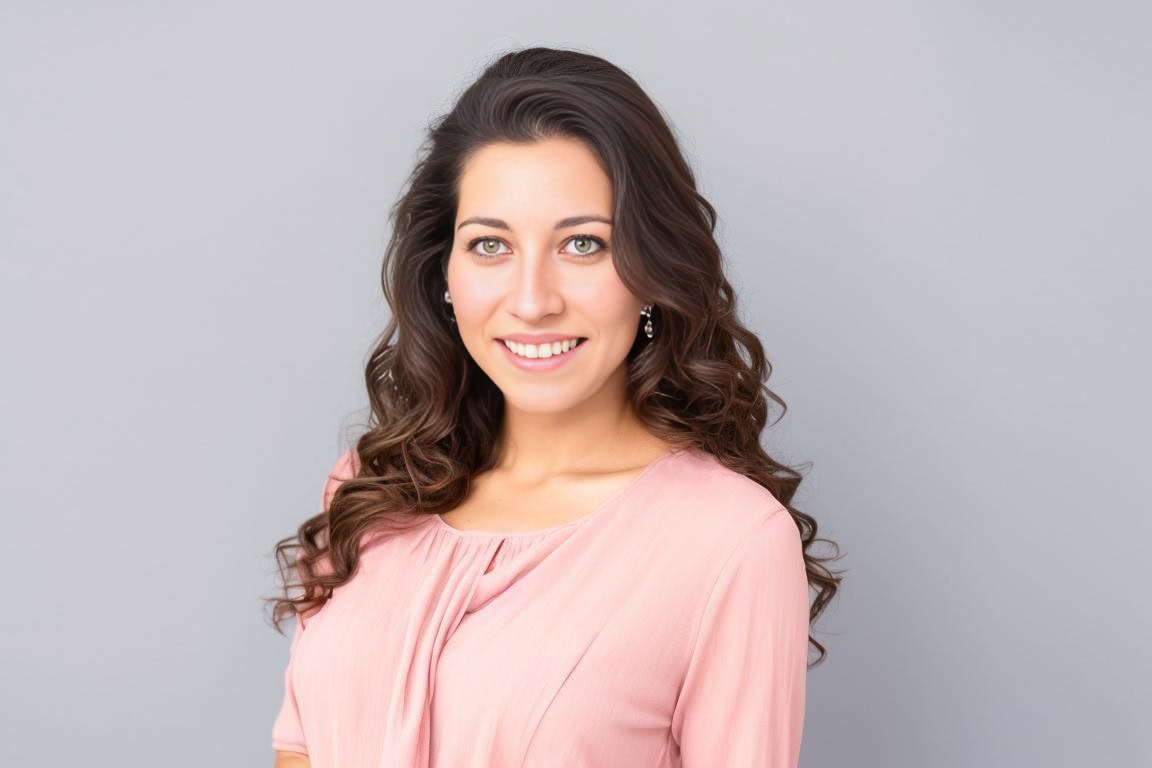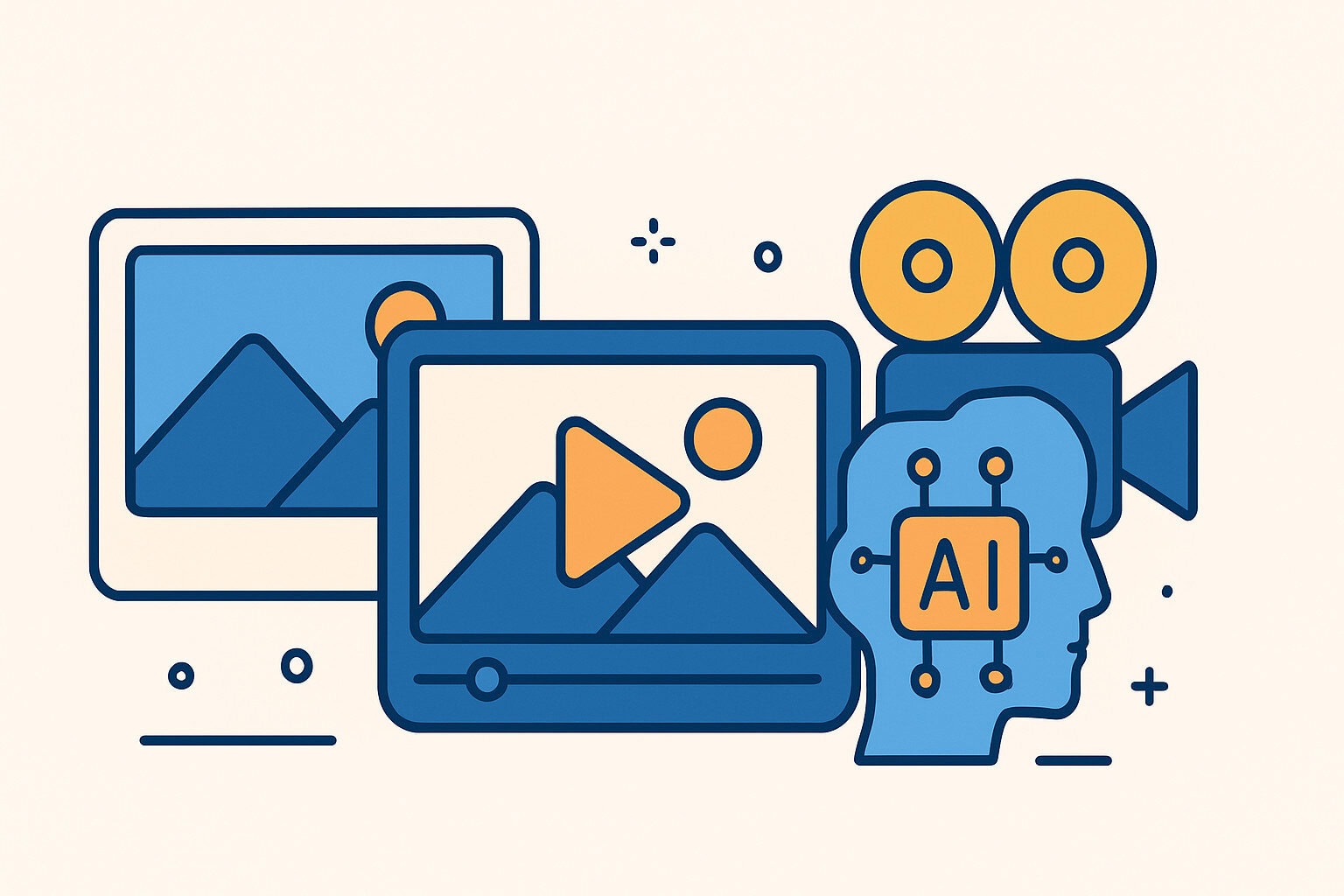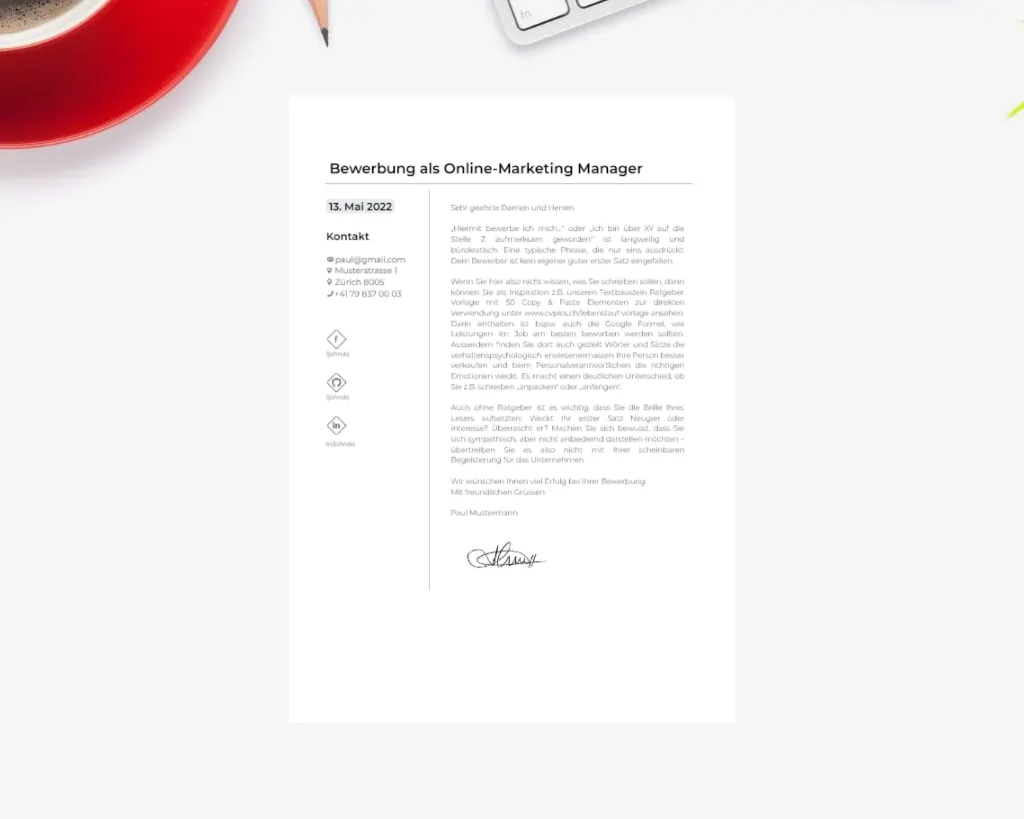In the world of therapists, it’s not just your expertise and qualifications that matter—it’s also the first impression you make online. A professional therapist headshot is more than just a photo; it’s a visual representation of your professionalism and empathy, serving as the gateway through which potential clients perceive you. In this blog post, we’ll cover everything you need to know about therapist headshots, from the basics to tips and tricks, common mistakes, creating headshots with AI, and frequently asked questions. As an expert in this field, I aim to provide not just the “how,” but also the “why” behind every recommendation.
What is a Therapist Headshot?
A therapist headshot is a specialized portrait photo used for professional purposes, such as websites, business cards, and social media profiles. This type of headshot photography for therapists is designed to convey credibility, trustworthiness, and approachability—qualities that are crucial in building a strong therapeutic relationship. Potential clients often make their decision within seconds, and a well-crafted headshot can make all the difference.
Unlike general professional headshots, the focus of therapist profile photos is to project warmth and openness. A friendly smile combined with a professional demeanor goes a long way in establishing trust, especially in a sensitive field like mental health.
Tips and Tricks for the best results
To get the most out of your therapist headshot, here are some proven practices that will help you achieve the best results:
- Choose the Right Attire: Your clothing should strike a balance between professional and approachable. Avoid flashy patterns or overly casual outfits. Instead, opt for neutral colors and well-fitting, simple clothing.
- Pick the Right Background: The background should not distract from the main subject—your face. A neutral, light background or a natural setting that complements the aesthetics of your practice is ideal. For more details on backgrounds, check out our Headshot Background Guide.
- Focus on Lighting: Natural light is often the best choice as it provides soft, flattering illumination. If natural light is not available, ensure that the lighting is evenly distributed to avoid harsh shadows.
- Master the Pose: A relaxed, natural expression is key to an authentic therapist profile photo. Practice different poses in front of a mirror to find the ones that suit you best. An open posture can convey trust and approachability.
Common Mistakes to Avoid
Even though creating a therapist headshot might seem straightforward, there are several common pitfalls you should steer clear of:
- Over-Editing Photos: Excessive retouching can make your photo look unnatural and less trustworthy. Keep post-processing minimal and focus on authenticity.
- Inappropriate Backgrounds: A busy or cluttered background can distract from the main focus. Keep the background simple and professional.
- Inappropriate Attire: Wearing overly casual or overly formal clothes can send the wrong message. Choose attire that underscores your professionalism while remaining inviting.
- Poor Body Language: A stiff or closed-off posture can appear distant. Aim for an open and relaxed posture that reflects your personality.
Creating a Therapist Headshot with AI
Using artificial intelligence (AI) to create headshots for therapy websites is becoming increasingly popular as it offers a cost-effective and time-saving alternative to traditional photoshoots. AI tools can help you create professional images that perfectly align with your brand image. This is especially useful for headshots for private practice therapists looking to quickly and efficiently establish their online presence.
With AI-powered tools like our AI Headshot Generator, you can create high-quality branding headshots for therapists without the need to hire a photographer. These tools allow you to experiment with different outfits and backgrounds to achieve the best result for your needs.
One of the major advantages of AI is the ability to make post-production edits, such as correcting minor imperfections or changing the background, without losing the natural look. This makes AI an ideal choice for therapist photo sessions, particularly when time and budget are limited.
FAQ – Frequently Asked Questions About Therapist Headshots
Conclusion
A successful therapist headshot is more than just a photo; it’s an essential part of your online presence and professional identity. By paying attention to details and following the tips in this blog, you can ensure that your headshot sends the right message and resonates with potential clients. Consider using AI tools to create the perfect therapist headshot quickly and efficiently.






